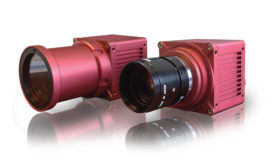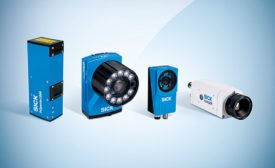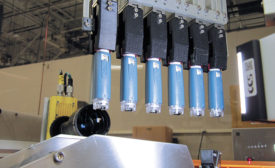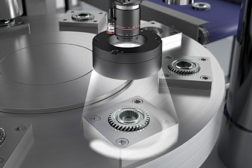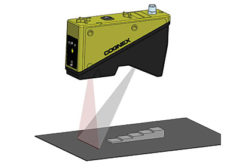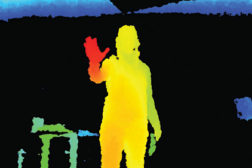Home » 3D vision
Articles Tagged with ''3D vision''
Recent Advancements in Vision Technology for Product Inspection
TODAY IT’S POSSIBLE TO OBTAIN THE BENEFITS OF MACHINE VISION ON A WIDER RANGE OF APPLICATIONS WHILE AT THE SAME TIME INCREASING INSPECTION ACCURACY AND REDUCING APPLICATION DEVELOPMENT TIME.
July 8, 2015
Automation
AUTOMATED MACHINE VISION SYSTEMS ARE FASTER, SMARTER AND MORE DETAILED THAN EVER.
March 3, 2015
3-D Vision Improves Performance of Challenging Inspection Applications
IN CONTRAST TO TRADITIONAL MACHINE VISION SYSTEMS THAT PROVIDE INFORMATION IN TWO DIMENSIONS, 3-D PROVIDES MORE INFORMATION ABOUT MANUFACTURING PROCESSES.
December 10, 2014
Vision & Sensors - Imaging
3-D Imaging Enters the Machine Vision World
Consider these 3-D imaging techniques for machine vision.
March 5, 2013
Stay in the know with Quality’s comprehensive coverage of
the manufacturing and metrology industries.
eNewsletter | Website | eMagazine
JOIN TODAY!Copyright ©2024. All Rights Reserved BNP Media.
Design, CMS, Hosting & Web Development :: ePublishing
